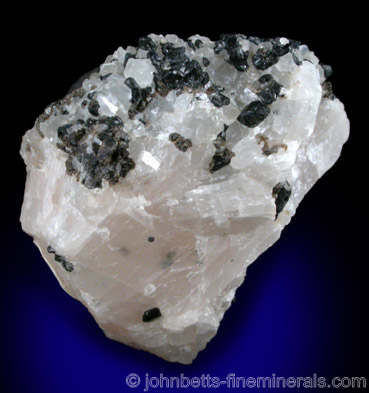The pargasite Mineral Group

Pargasite is a member of the extended Hornblende group. Most Hornblendes, including Pargasite, are dark and opaque, however Pargasite can also be lightly colored and transparent. Some forms of Pargasite are especially known for their electric green color and gemmy appearance. There are several variations of this mineral with different elemental substitutions. Some of these are recognized as individual minerals, thereby making Pargasite a mineral group, with Pargasite as the dominating member. Pargasite is named after the locality of Pargas, Finland, where this mineral was first described.
Chemical Formula
NaCa2(Mg,Fe)4,Al(Si,Al)8O22(OH)2
Color
Green, dark green, brownish green, dark brown, black
Crystal System
Monoclinic
Properties
Streak
White |
Hardness
5 - 6 |
Transparency
Transparent to opaque |
Specific Gravity
3.0 - 3.3 |
Luster
Vitreous, submetallic |
Cleavage
1,2 - prismatic |
Fracture
Uneven |
Tenacity
Brittle |
Varieties
Pargasite is the name of an individual mineral, as well as group name
for several similar Pargasite-related minerals with slight variations of
elements in their chemical formula. The different forms of
Pargasite that are recognized as individual minerals are outlined below.
-
Chromium-rich variety of Pargasite found only at the Akaishi Mine, Ehime Prefecture, Japan. Originally named Ehimeite, it has been renamed Chromio-pargasite in the 2012 by the IMA to create consistency in the naming of the Pargasite minerals. This mineral was approved by the IMA as a distinct mineral species with the following chemical formula: NaCa2(Mg,Cr)4Al(Si,Al)8O22(OH)2
-
Variety of Pargasite where iron replaces the magnesium content. Ferro-pargasite is recognized by the IMA as a distinct mineral species with the following chemical
formula: NaCa2Fe4Al2Si6O22(OH)2
-
Variety of Pargasite where potassium replaces the sodium content. Potassic-pargasite has several rare variants that are each individually recognized by the IMA as distinct mineral
species. The chemical formula of Potassic-pargasite is KCa2Mg4Al2Si6O22(OH)2
Uses
When in bright green forms, Pargasite is a highly collectible and valuable mineral, especially when contrasted on a white marble matrix.
Noteworthy Localities
Dark green to black crystals of Pargasite came from the type locality of Pargasite is Pargas, Finland, where this mineral was first found and named after. Apple-green Pargasite, almost always associated with Spinel, has recently been coming from Luc Yen, Yenbai Province, Vietnam. Bright green, gemmy crystals of the highest quality, are found in Mogok, Burma; and in the Hunza Valley, Gilgit, Pakistan. These crystals are often beautifully situated on a white contrasting marble matrix. Small black Pargasite crystals associated with green Zoisite and Ruby come from the Mundarara Mine, Arusha Region, Tanzania.
In the U.S., dark green and black crystals Pargasite, often well-formed, come from the Franklin Marble at Amity and Edenville, Orange Co., New York; and at the Franklin and Sterling Hill Mines, Sussex Co., New Jersey.
Distingushing Similar Minerals
Other Hornblendes - May be difficult to distinguish.
Vesuvianite - Different cleavage.